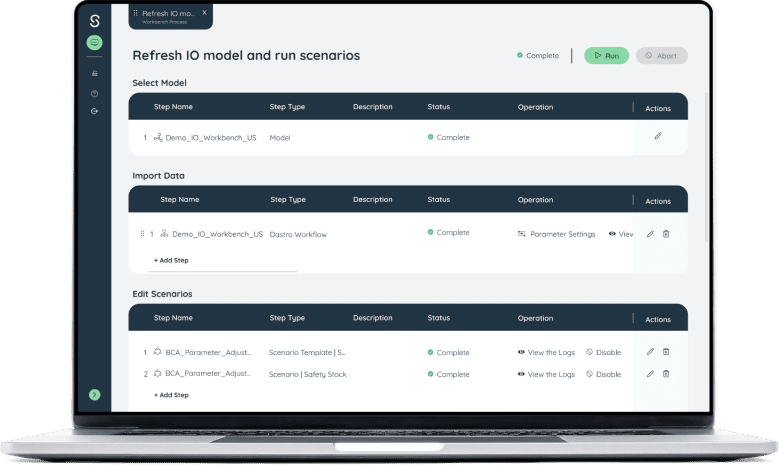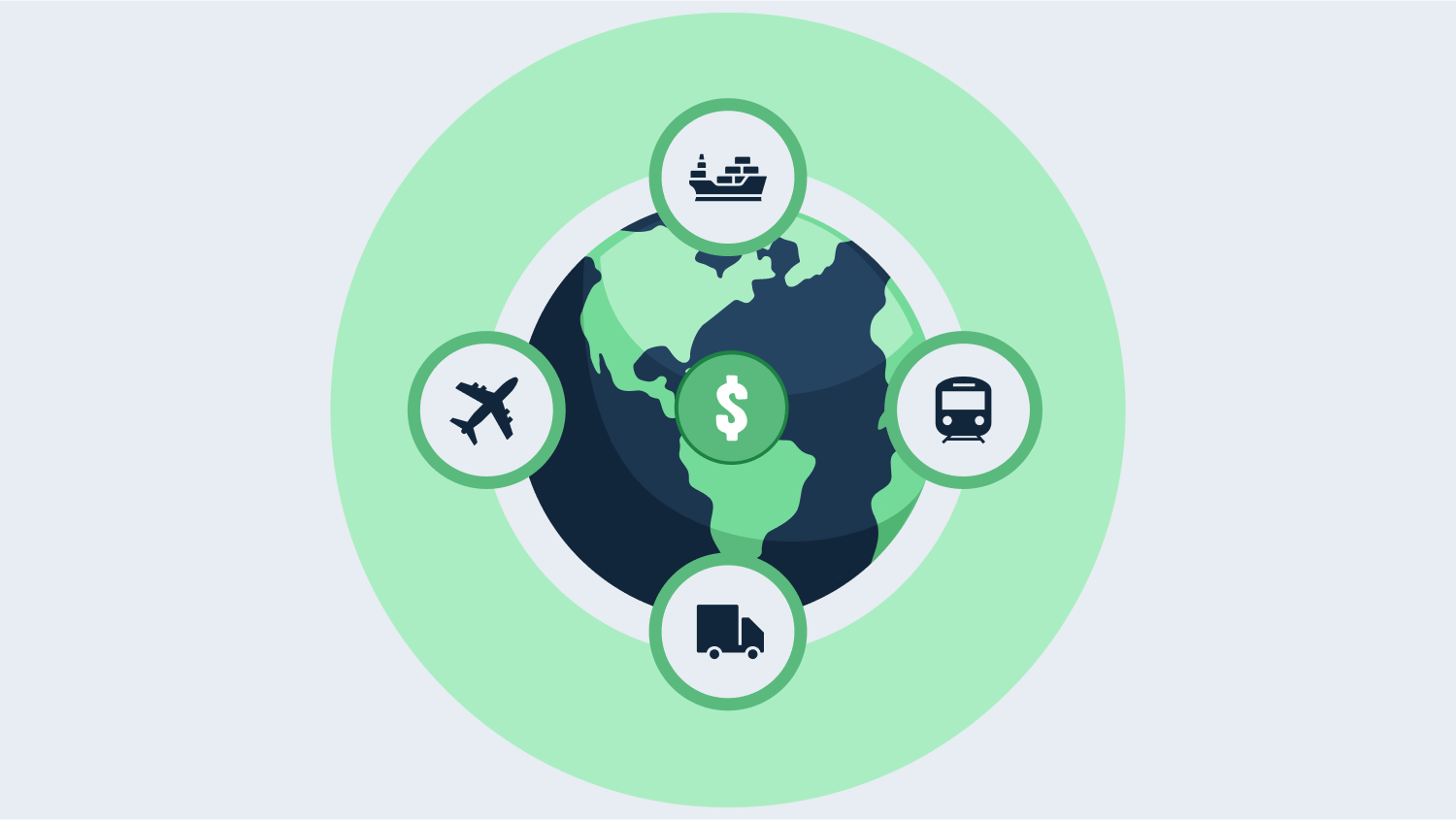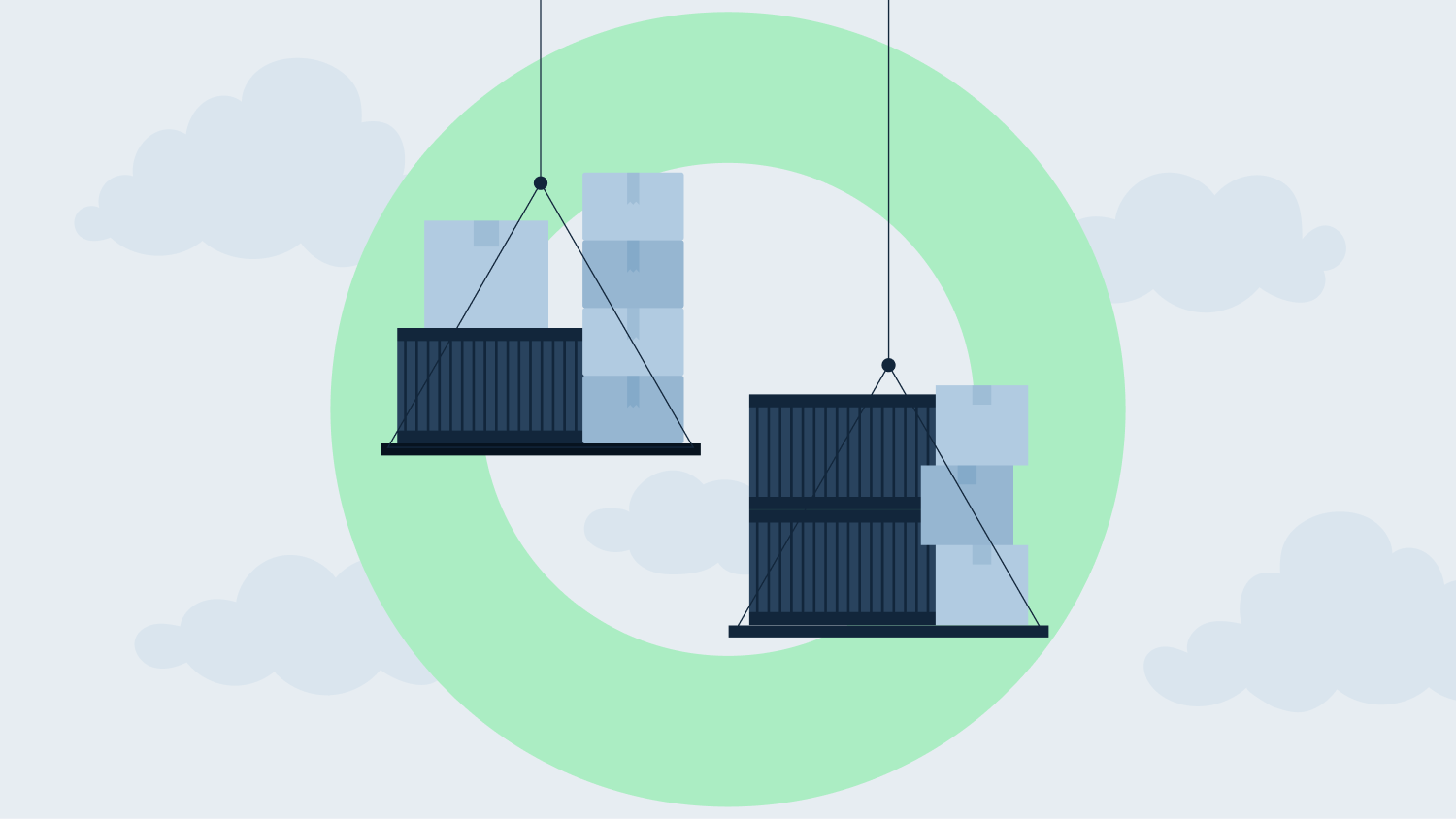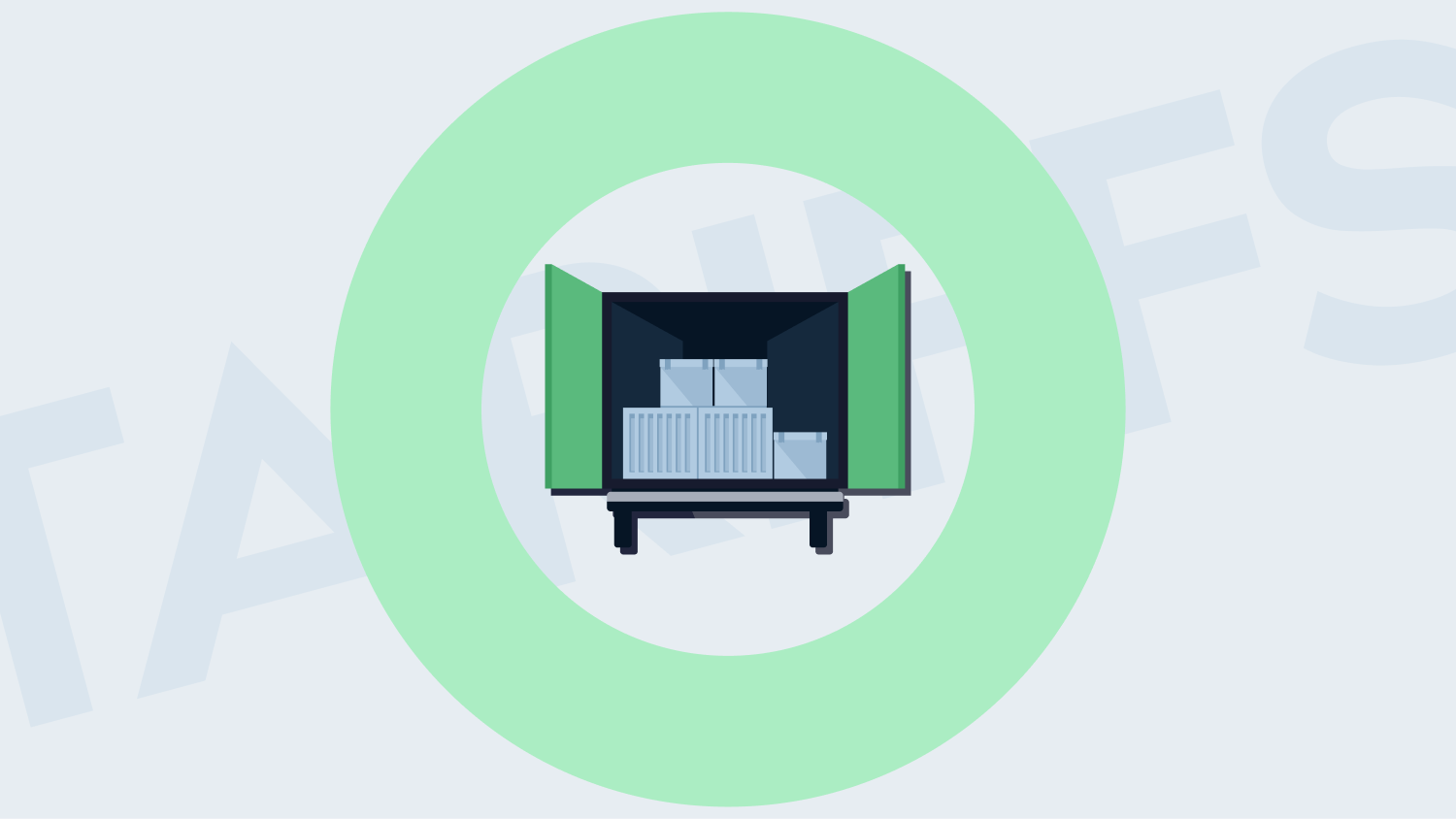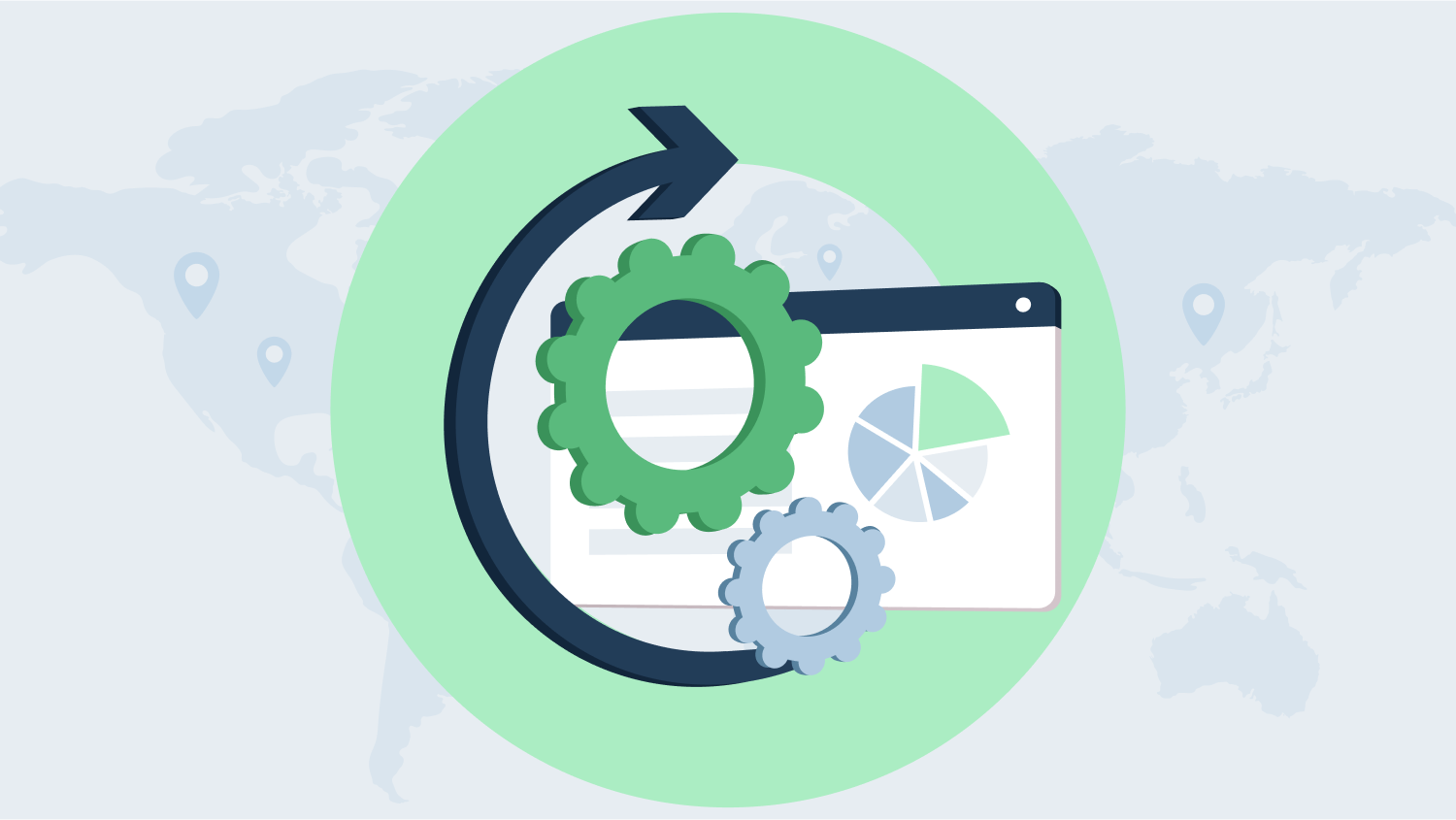Introduction
In 2025, the complexity of global supply chains will reach new heights, driven by multiple challenges:
- Geopolitical disruptions
- Inflationary pressures
- Shifting consumer expectations
Companies that fail to adapt will struggle with inefficiencies and missed opportunities. This is why supply chain network design software has become a strategic imperative. Businesses need tools that can:
- Rapidly model scenarios
- Optimize logistics
- Drive cost efficiencies
Without these capabilities, decision-making slows to a crawl, and competitive advantage erodes.
Key Benefits of Modern Supply Chain Network Design Software
Advanced network design software offers three primary benefits:
1. Cost Reduction
Automation and predictive analytics enable companies to:
- Optimize inventory allocation
- Reduce transportation costs
- Reduce variable sourcing, production costs
2. Improved Agility
Companies can rapidly respond to disruptions by:
- Reconfiguring supply chain networks dynamically
- Adapting to supply shortages and demand spikes
3. Enhanced Decision-Making
- AI-driven insights help leaders make faster, data-driven choices
- Scenario modeling ensures preparedness for various market conditions
The Challenge of Legacy Software
Despite the clear benefits, outdated or cumbersome network design software often goes unused.
- Traditional tools are slow – taking months to generate insights
- They are hard to use – therefore only can be handled by few “experts” in the company
- They are not scalable – can’t model a large scale supply chain network, often leading to high level data aggregation and assumption.
- High cost of ownership outweighs the value of inefficient tools
This makes investment in next-generation tools essential. As Gartner highlights in its 2025 reviews of supply chain network design tools, selecting the right platform is no longer just an IT decision—it is a strategic necessity.
Core Features of Supply Chain Network Design Software to Look for in 2025
Data Automation
Seamless integration with data lakes and planning systems is no longer a luxury—it’s a necessity. Modern supply chain networks generate vast amounts of data, and manual data entry or reconciliation is a bottleneck that can derail decision-making. Software that automates data ingestion and synchronization ensures accuracy and frees up resources for strategic tasks. According to Gartner’s review of supply chain network design tools, automation is a key differentiator for top-performing platforms.
Rapid Baselining
Speed is critical in today’s fast-paced business environment. The ability to quickly turn around network models and generate actionable insights is a game-changer. Rapid baselining, as highlighted by Sophus.ai, allows businesses to test scenarios and make decisions in days rather than months. This agility is essential for responding to disruptions, whether they stem from geopolitical tensions, market shifts, or supply shortages.
Advanced Analytics
Predictive modeling and scenario analysis are indispensable for navigating uncertainty. Advanced analytics enable businesses to simulate the impact of various strategies, from cost-cutting measures to sustainability initiatives. These tools provide a data-driven foundation for decision-making, reducing reliance on intuition and guesswork.
Scalability
Global supply chains are inherently complex, spanning multiple regions, suppliers, and distribution channels. Software must be capable of handling this complexity at a granular level while delivering insights quickly. Scalability ensures that the tool remains effective as the business grows or as market conditions evolve.
User-Friendly Interface
Even the most powerful software is useless if it’s too cumbersome to use. Intuitive dashboards and visualizations are essential for enabling quick insights and fostering adoption across teams. A user-friendly interface reduces the learning curve and ensures that the software is actively used rather than shelved.
Collaboration
Supply chain decisions are rarely made in isolation. Workbench-style platforms that facilitate team collaboration are critical for aligning stakeholders and driving consensus. These tools enable cross-functional teams to work together seamlessly, whether they’re in the same office or spread across the globe.
Customization
No two supply chains are alike. Software that can be tailored to specific industries and business needs ensures that it delivers maximum value. Customization allows businesses to address unique challenges and capitalize on opportunities that generic tools might overlook.
By prioritizing these features, businesses can future-proof their supply chains, ensuring they remain agile, efficient, and competitive in an increasingly volatile world.
How to Choose the Right Software
Selecting the optimal supply chain network design software requires a disciplined approach, ensuring that capabilities align with business needs rather than succumbing to vendor hype. The first step is to assess strategic goals—whether the objective is cost minimization, resiliency, or responsiveness, the software must serve as an enabler rather than a constraint. Companies with extensive global operations, for instance, should prioritize solutions that offer granular scenario modeling and multi-echelon optimization.
Scalability is another non-negotiable factor. Supply chains are not static; they evolve with acquisitions, geopolitical shifts, and new market entries. The ability to process vast datasets, integrate with existing data platforms, and simulate disruptions distinguishes best-in-class solutions from those that merely promise sophistication.
Usability remains a decisive factor in driving adoption. Many legacy tools suffer from complex user interfaces, discouraging frequent use and diminishing return on investment. A well-designed platform offers intuitive dashboards, guided workflows, and seamless collaboration features to support cross-functional teams.
The goal is to reduce dependency on specialized analysts while enabling faster, data-driven decisions. To navigate the selection process efficiently, companies can benchmark leading providers through comprehensive reviews such as 5 Supply Chain Network Design Software Picks, which evaluate functionality, scalability, and user experience.
Quick link: Top 5 Supply Chain Network Design Software Picks for 2024
Ultimately, the right software is less about checking feature boxes and more about solving real business problems efficiently. Firms that take a structured, metrics-driven approach to evaluation will position themselves for stronger, more resilient supply chain performance in 2025 and beyond.
Conclusion
The supply chain landscape in 2025 will be defined by volatility, requiring businesses to operate with speed and precision. Investing in the right network design software isn’t just a matter of upgrading tools—it’s about securing a lasting operational advantage. Companies that embrace modern solutions will gain the agility to pivot in response to market shifts, optimize costs, and extract maximum value from their supply chain decisions.
Future-proofing supply chains hinges on three critical factors: speed to answer, efficiency, and total cost of ownership. Software that delivers rapid insights ensures that decisions are made in real time, not retrospectively when opportunities have passed.
Efficiency, driven by automation and rapid baselining, minimizes manual effort while unlocking deeper strategic insights. Meanwhile, a low total cost of ownership ensures that the investment translates into tangible business value rather than becoming an expensive, underutilized asset.
Strategic software investment is no longer optional—it is imperative for survival and success. Understanding why supply chain network design and optimization should take priority over other investments guides organizations toward tools that are not only relevant today but built for the uncertainties of tomorrow.
Quick link: Why Supply Chain Network Design And Optimisation Over Other Investments? | Benefits & Importance
FAQs
What are the top trends in supply chain network design software for 2025?
The landscape of supply chain network design is evolving rapidly due to digital transformation and rising global uncertainty. In 2025, several key trends are shaping the industry:
Businesses can no longer afford to spend months iterating on network models. Instead, companies demand:
Supply chain networks span multiple geographies, suppliers, and fluctuating market conditions. To manage this complexity efficiently, modern tools must offer:
Companies are no longer designing networks solely to minimize costs—they are also optimizing for resilience. This requires:
1. Speed to Insight
2. Cloud-Native Scalability
3. Resilience Over Cost-Efficiency
Further Industry Insights
For a deeper dive into these trends, see:
🔗 5 Supply Chain Network Design Game-Changers
This article explores how businesses are leveraging digital twin technology, enhanced collaboration, and rapid scenario modeling to build more agile supply chain operations. Companies that fail to adopt these capabilities risk operational inefficiencies and missed opportunities in an increasingly volatile market.


